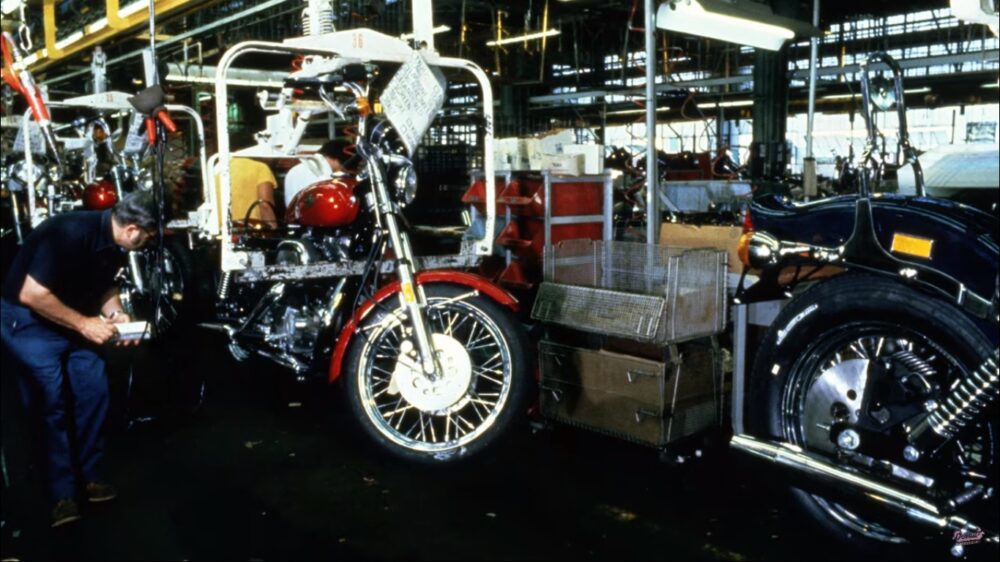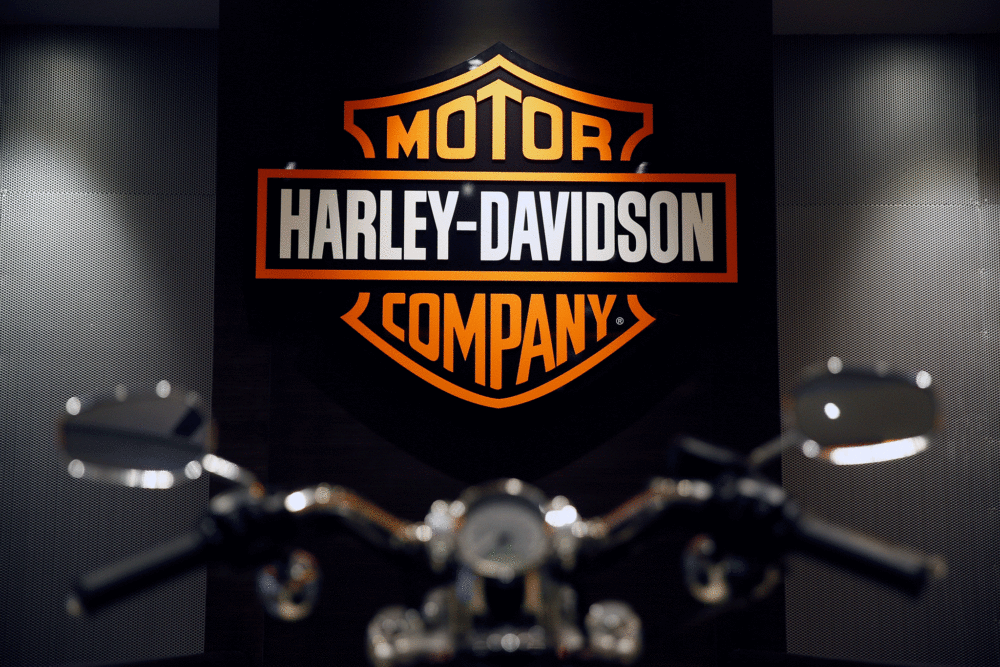Donut Media Tells the Harley-Davidson Story
New video manages to boil down H-D’s rich history into a clip about as long as an average sitcom.
You might not have heard of Donut Media, but they’re a wildly popular YouTube channel that’s usually focused on four-wheeled machines. Their “Up to Speed” series, hosted by the ever-excitable James Pumphrey, aims to tell the history of a specific brand or model in just a few minutes.
This latest installment is something entirely new for Donut Media, and more like a mini-documentary, clocking in at nearly 24 minutes. Of course, when you’re chronicling the entire 116 year history of a brand, it’s hard to be brief. In Pumphrey’s words, “We’ve never done a motorcycle before, let us know if we f***ed up!”
The video starts at the very beginning of the company, at the the turn of the 20th century. William S. Harley and Arthur P. Davidson of Milwaukee, Wisconsin started building motorcycles out of a tiny shed before moving their operations to the famous Chestnut Street location where the company remains to this day.
After obtaining an engineering degree, William Harley developed the legendary V-twin engine, which first saw production 100 years ago in 1909. At that time, Harley-Davidsons were marketed towards rough-and-tumble board-track racers and responsible businessmen and women alike.
In fact, a large part of Harley-Davidson’s early success came from selling motorcycles to police departments, the US Postal Service, and the military. In 1936, the famous Knucklehead debuted. The Knucklehead was Harley-Davidson’s first overhead-valve design, and its impressive performance spurred further success.
Just as Harley-Davidson was ironing the kinks out of the Knucklehead, the US entered World War II. They focused their efforts on pumping out the WLA, a military-spec bike that utilized the older, simpler flathead motor, a springer front fork, and a hardtail configuration.
After the war, GIs returning home scooped up cheap WLAs and began modifying them, giving birth to the chopper style of customizing. They also began forming motorcycle clubs, including the most famous club of all, the Hells Angels.
Some high-profile dust-ups began to paint motorcyclists in a bad light. With the 1953 release of the famous Marlon Brando film “The Wild One,” society’s view of motorcycling was forever changed to the outlaw image. However, as Pumphrey points out, “It was this outlaw publicity that actually helped sell Harley motorcycles.”
Around this time, the 1952 K Model was released, Harley-Davidson’s most modern bike to date. Designed to compete with high-performance European bikes, it laid the groundwork for the 1957 Sportster and all modern Harleys.
By the late 1960s, Harley-Davidson was facing stiff competition from the Japanese manufacturers. In 1969, Harley-Davidson began their infamous relationship with American Machine and Foundry, better known as AMF.
This began a dark period for Harley-Davidson, as quality and performance suffered. As Pumphrey states, “Now people called them Hardly-Driveable.” It wasn’t all doom and gloom, though. Evel Knievel made a name for himself – and Harley-Davidson – performing stunts on top of a series of XR-750s.
As the 1970s came to a close, it was clear that their relationship with AMF was not working for Harley-Davidson. They bought themselves back from AMF for a whopping $80 million, and while things started getting better almost immediately, they weren’t out of the woods yet.
The Japanese had spent the 1970s vastly improving their motorcycles, and it was causing major problems for Harley-Davidson. After petitioning President Ronald Reagan, a 49% tariff was levied on all imported bikes over 700cc in displacement.
While this may not have been the most fair deal for manufacturers or consumers, it gave Harley-Davidson some time to get their act together. From top to bottom, they improved their product line as well as their manufacturing techniques.
The 1985 release of the Evolution motor was like the sun peeking through the clouds for Harley-Davidson. The 1990s were a sweet time for Harley-Davidson, thanks in no small part to the Evo motor and excellent new designs like the Fat Boy.
Harley-Davidson has had its share of ups and downs, but we think you’ll agree: the future is looking very bright indeed for The Motor Company.




